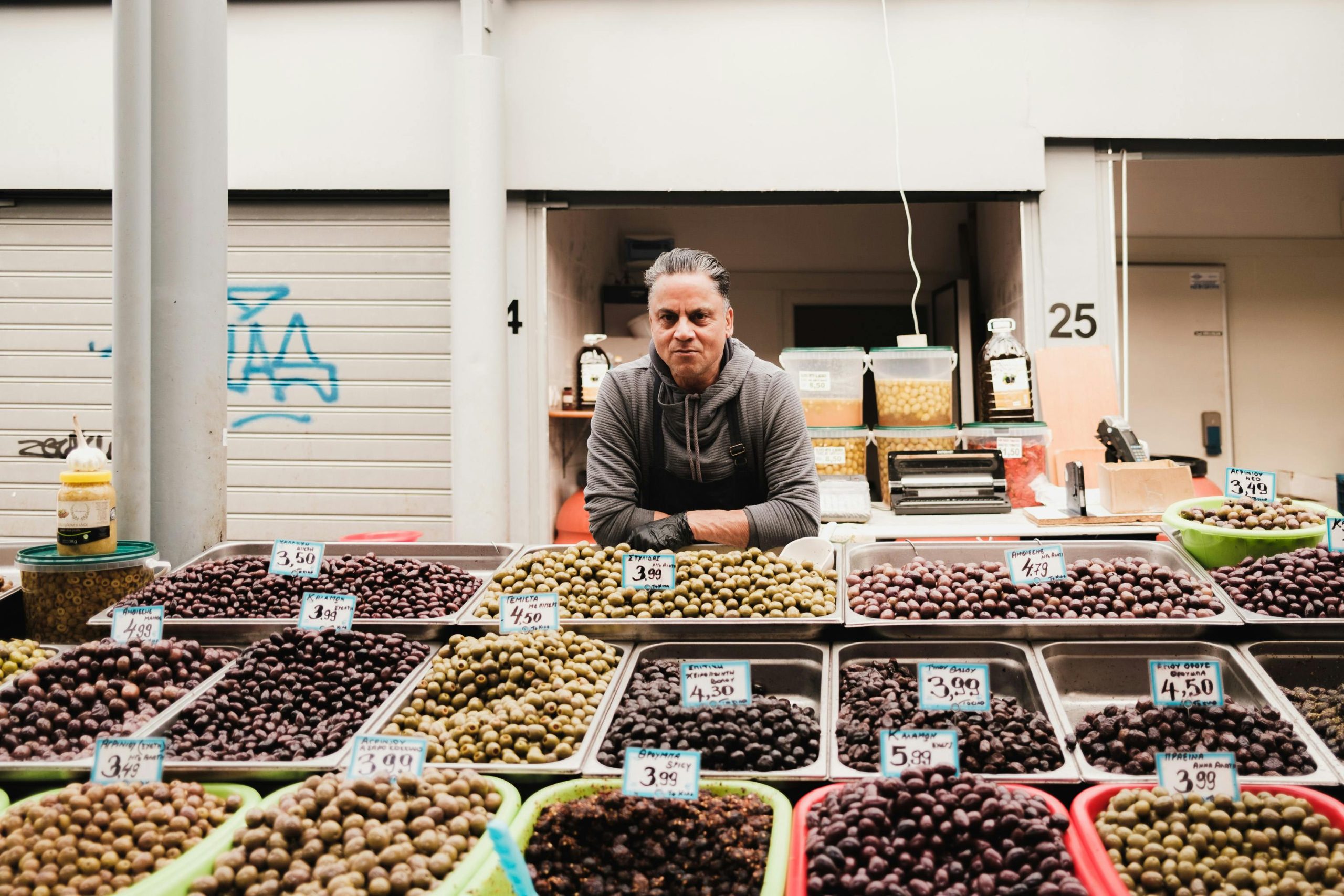Understanding the Future of Food Stall Pricing in Urban Markets
Over recent years, many city residents and visitors alike have observed a notable trend: the escalating prices at street food vendors. This increase prompts an important question for both consumers and industry stakeholders—what is the ultimate trajectory of food stall prices in our urban centers? Will this upward cycle continue indefinitely, or is there a point at which prices will stabilize or decline?
The Rising Cost of Street Food
The upward shift in street food prices has been particularly pronounced over the past five years. Today, some street vendors now command prices that rival those of sit-down restaurants. Several factors contribute to this phenomenon. Rising rental costs for prime city locations, increased operational expenses such as staffing and ingredients, and inflationary pressures all play significant roles. Vendors often pass these costs directly onto consumers, leading to higher prices.
Evaluating the Sustainability of Price Increases
While consumers—especially tourists and families—are often willing to pay a premium for convenient, quality street food, questions remain about the long-term viability of this business model. Is there a price point beyond which customers will start to push back? For instance, if mid-range food items reach around £14-£15, will demand diminish as prices continue to climb?
Market Dynamics and Potential Outcomes
Historical and economic patterns suggest several potential outcomes:
-
Price Stabilization or Decline: Vendors might recognize diminishing returns at higher price points and opt to lower prices to attract a steadier flow of customers, especially if rising costs begin to impact profitability.
-
Market Exit and Consolidation: Businesses unable to sustain higher prices may close down, leading to a tighter, more expensive marketplace dominated by a smaller number of premium vendors.
-
Continued Price Escalation: In line with urban economic trends and capitalism’s push toward maximizing profits, prices could continue to spiral upward, possibly resulting in premium street food experiences—think £20 gourmet burgers by 2029.
Final Thoughts
The future of street food pricing in our cities remains uncertain, shaped by economic forces, consumer demand, and market competition. While inflationary pressures currently drive prices upward, inherent market limits and consumer preferences may eventually moderate this trend. As stakeholders, both consumers and vendors, navigate these changes, understanding the underlying dynamics becomes essential to making informed decisions and advocating for sustainable practices in our vibrant street food culture.


Insight from a London Resident on the Future of Food Stall Prices
As a proud Londoner, I’ve observed firsthand how the rising costs at street food stalls reflect broader economic pressures in our city. While the trend toward higher prices might seem concerning at first glance, it’s important to consider the implications for both consumers and vendors.
Ultimately, the future of our city’s street food economy depends on a collaborative effort—balancing profitability for vendors with accessibility for us, the consumers. Keeping an eye on these evolving dynamics can help ensure that street food remains a cornerstone of London’s diverse and vibrant culinary landscape.